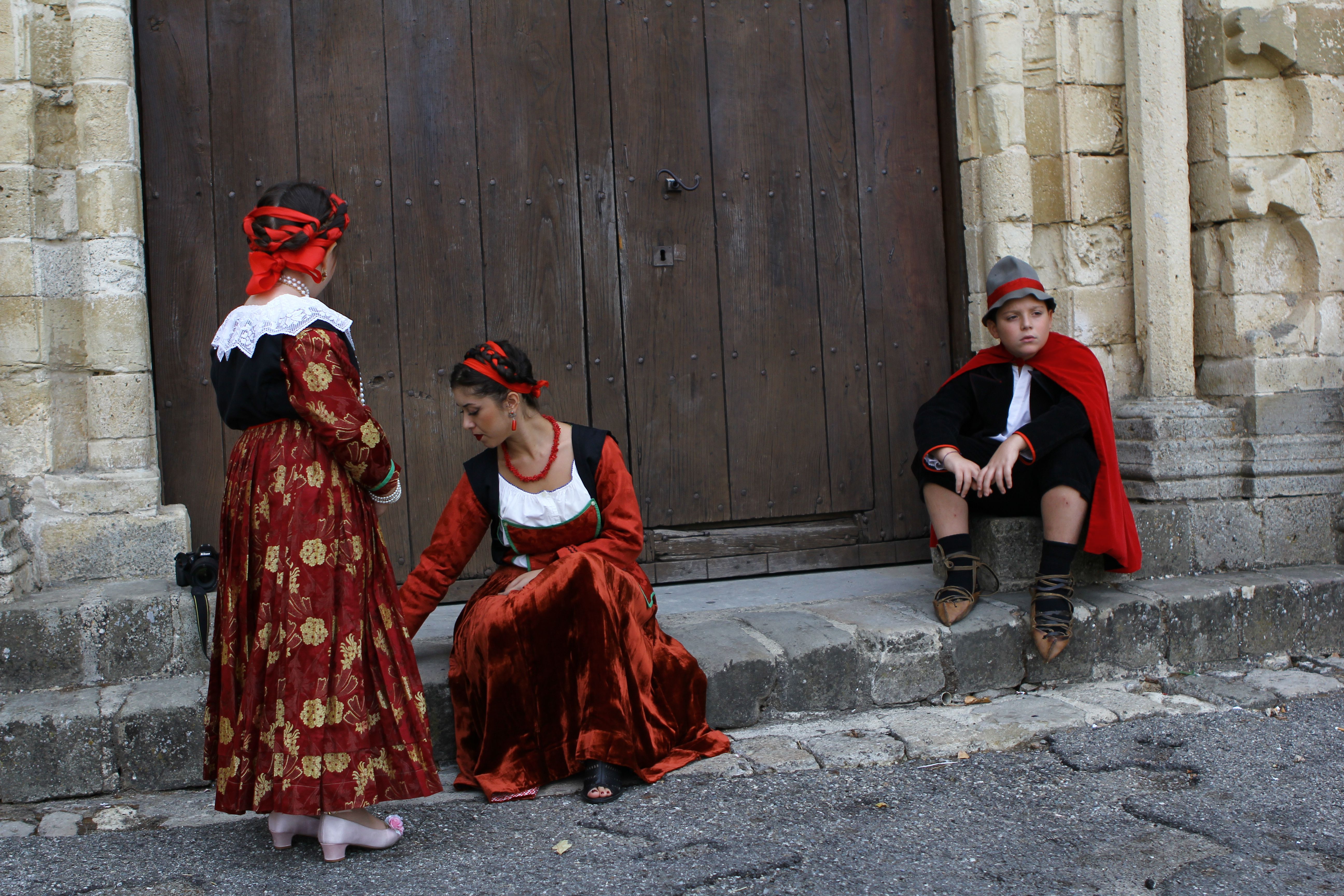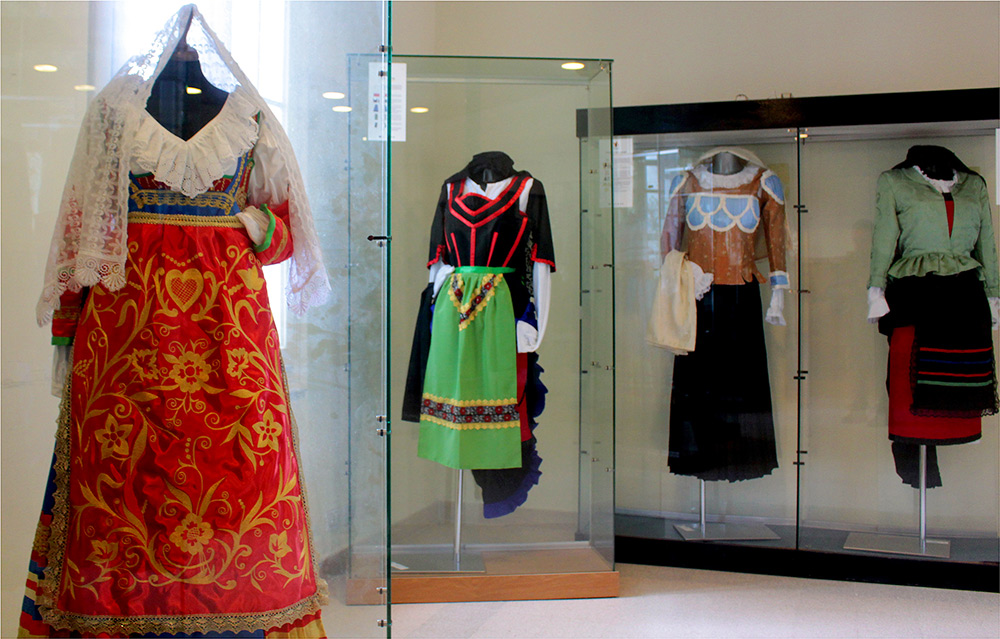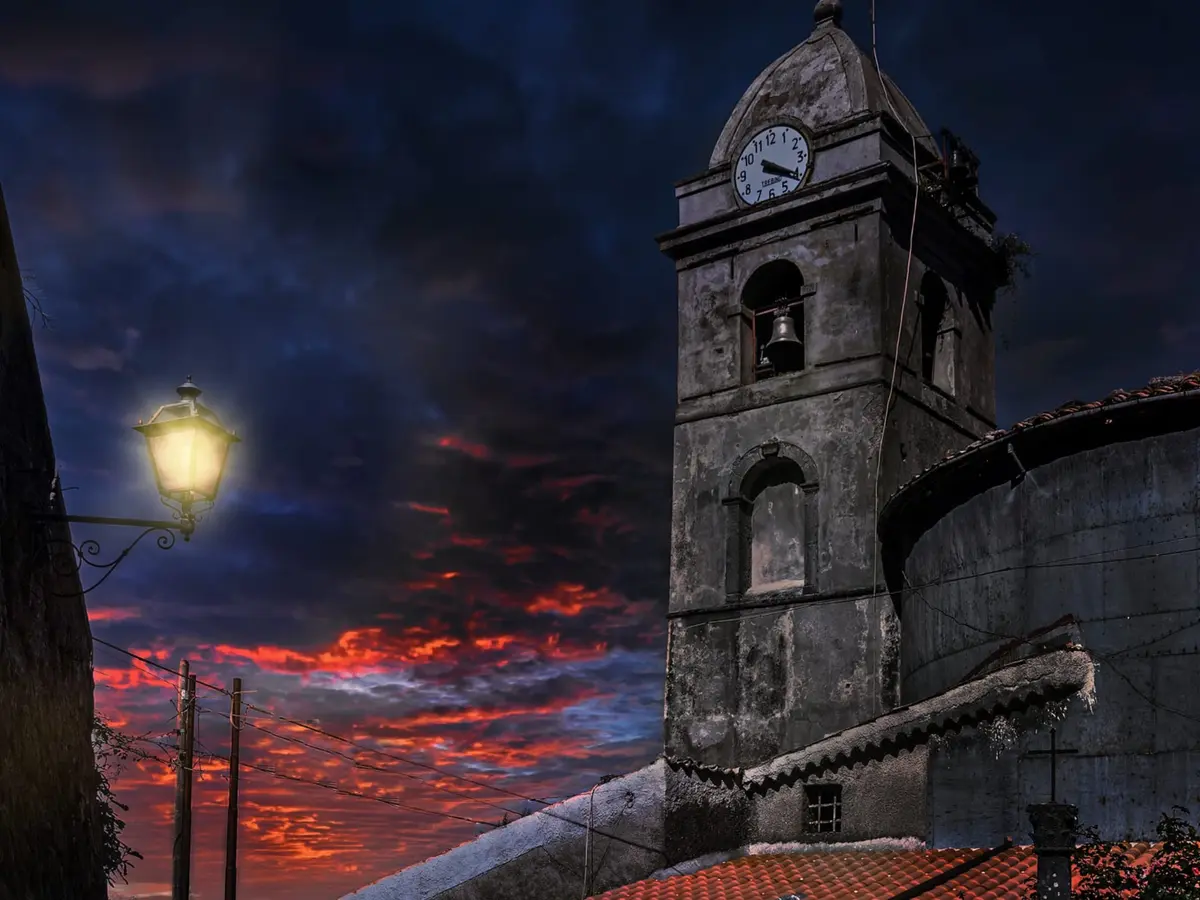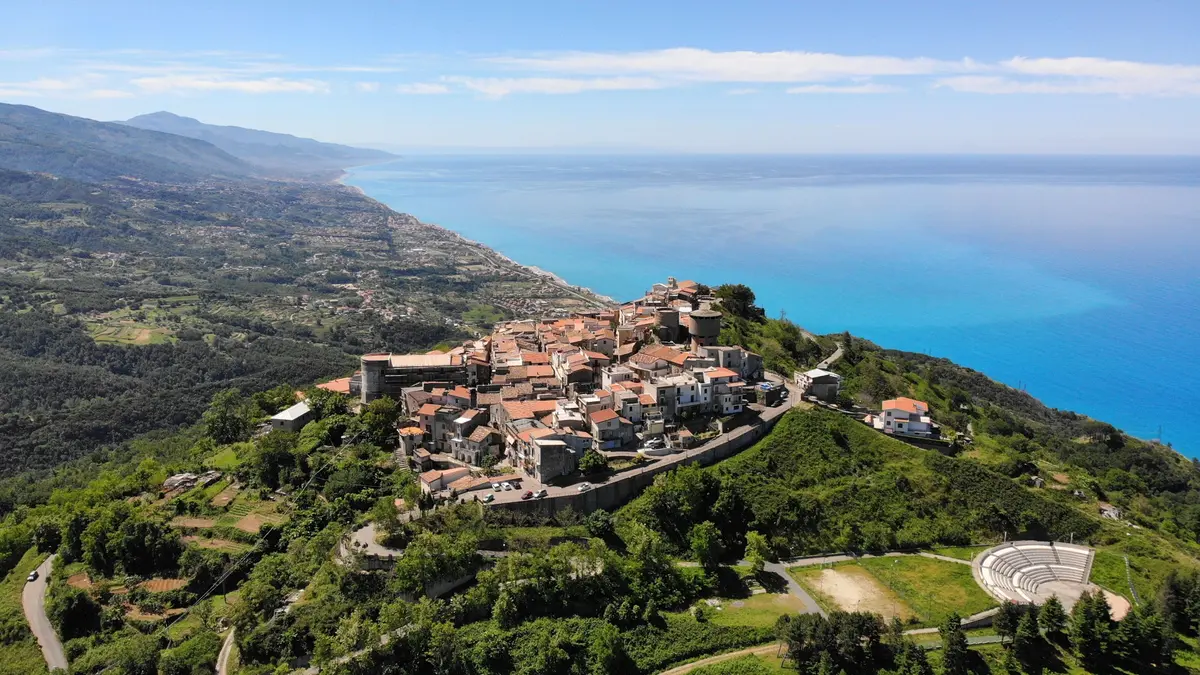Traditional Calabrian costumes: history and museums to visit
A fascinating journey to discover Calabrian costumes and the communities that wear them

Tradition and folklore
Regione Calabria
One of the most fascinating ways to discover Calabria is on a journey to discover traditional Calabrian costumes. A world of bright colours, fine fabrics and handcrafted details that tell centuries of history and culture.
Observing at close quarters the beauty of the typical Calabrian dress and the peculiarities that distinguish it from one municipality to another means reading about the very history of the communities that wear it, the manual skills of the women who, even today, make traditional Calabrian clothes for festive occasions, and visiting some unmissable museums of costume and folklore.
Often, the history and style of Calabrian costumes is an expression of the ethno-linguistic minorities who still wear them with pride, carrying symbols, embroidery and colours that imply ancient meanings.
History of typical Calabrian dress
When one thinks of the typical Calabrian dress, a female figure very dear to the folkloric tradition of southern Italy immediately comes to mind: the pacchiana.
The term "pacchiàna", probably of Greek derivation, indicates the young peasant girl who wears the traditional Calabrian dress, a typical costume whose first documentary evidence dates back to the 17th century and describes it through a number of unmistakable elements, spread with some variations throughout the region.
The pacchiana wears the typical Calabrian dress composed of a long skirt decorated in various colours and a black velvet arabesque bodice under which a white shirt with wide, often three-quarter-length sleeves emerges. The traditional Calabrian women's dress is completed by a long stole covering the head and shoulders (a sometimes very precious element, such as the typical vancàli of Tiriolo, CZ), an apron overlapping the skirt, traditional footwear and a series of familiar jewels (brillòcchi) ranging from necklaces to brooches. Hair is styled in a long braid gathered at the nape of the neck.
Typical Calabrian female costumes were made for young women seeking husbands (between 15 and 16 years old) to wear on feast days.

The men also wore the typical Calabrian dress, consisting of the characteristic jacket of moleskin or black velvet with metal buttons, a white collared shirt, a stiffly buttoned waistcoat (an accessory for the more adult men), knee-length trousers, sometimes open at the sides, held in place by a wide leather belt (currìja) to which work tools were fastened. The peasant wears rough woollen socks and work boots. The accessories that complete the typical Calabrian male outfit are the hat (birrìtta) and the handkerchief tied around the neck. Shepherds wear a goatskin cape stuffed with sheep's wool to protect themselves from the weather.
Today, the use of Calabrian costumes has almost disappeared, just as it has in many regions of Italy. However, those who wish to admire traditional Calabrian costumes can visit the numerous costume museums spread throughout the region, or attend religious and popular festivals where they are still worn by local communities at parades, dances and folklore parades at different times of the year.
The three ethno-linguistic minorities present in Calabria are among the communities that are most attentive to the preservation of their typical costumes: Albanian, Greek and Occitan communities.
The museums of traditional Calabrian costumes
The history of traditional Calabrian textiles and costumes is preserved in the various museums of clothing and folklore in the region, whose visit is a reason to get to know the communities that host them and to visit their historical centres.
The main museums of Calabrian costumes are as follows:
- Regional Costume Museum in Tiriolo (CZ)
- Museum of Arbëreshë Territory and Customs in Santa Sofia d'Epiro (CS)
- Museum of Arbëreshë Costume in Vaccarizzo Albanese (CS)
- Museum of Albanian Costume in Frascineto (CS)
- Museum of Calabrian Textile, Silk, Costume and Fashion Crafts in Reggio Calabria

https://calabriastraordinaria.it/en/news/traditional-calabrian-costumes-history-and-museums-to-visit







